Shooting pain, burning, or numbness that travels from your low back through the buttock and down the back of the leg is classic sciatica—irritation of the long sciatic nerve. At The PT Zone, we target the source of the nerve pinch, calm inflammation, and strengthen supporting muscles so you can sit, walk, and sleep without that electric jolt.
- Relieve sharp or burning pain radiating down the leg
- Restore spinal and hip mobility for comfortable movement
- Strengthen core and glutes to protect the sciatic nerve
- Prevent future flare‑ups with posture and activity coaching
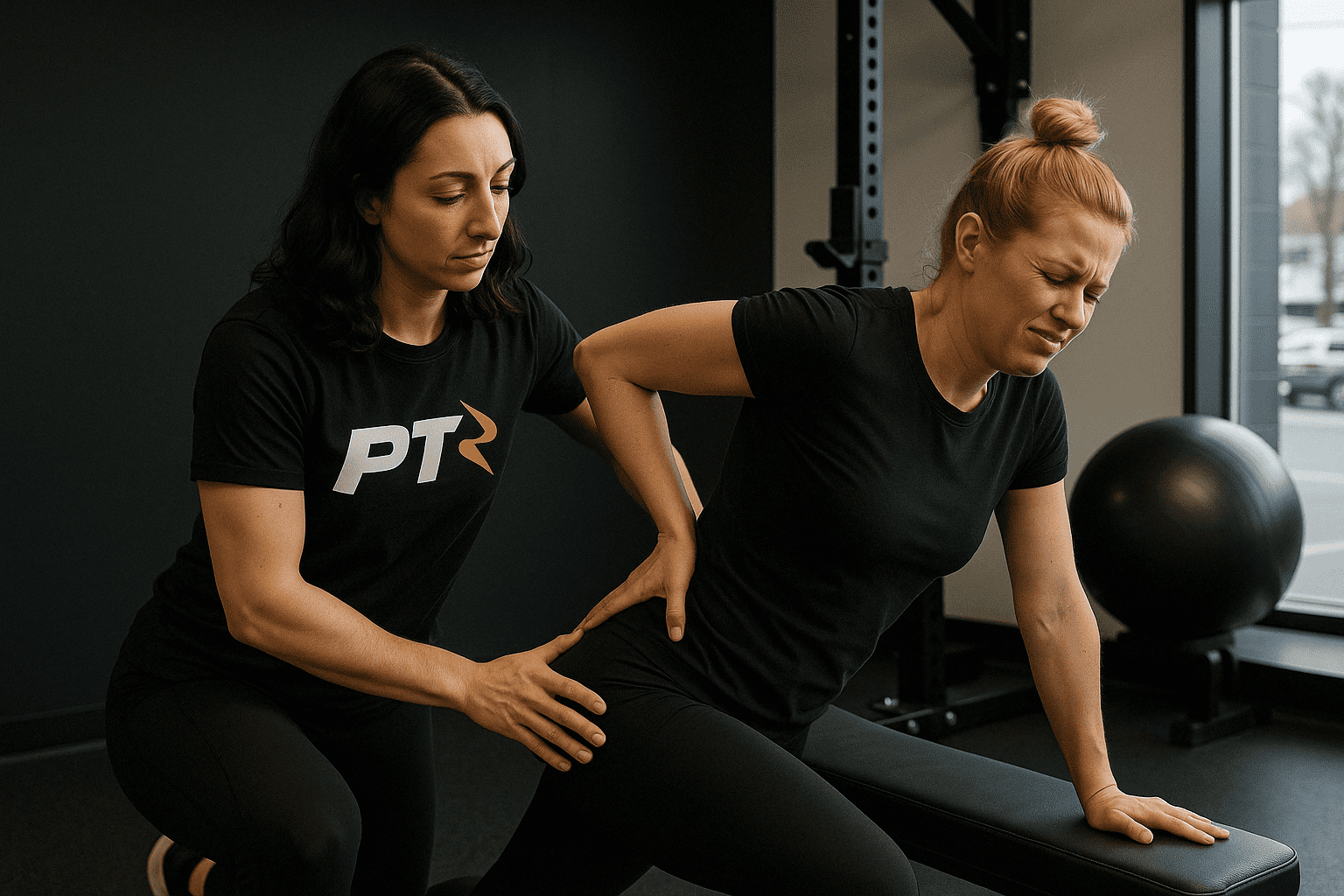
Soothe Sciatic Pain and
Move Freely Again
What’s happening? Sciatica is a symptom—radiating leg pain—caused by irritation of the sciatic nerve roots in the lumbar spine or compression along its course in the hip and buttock. A herniated disc, spinal stenosis, piriformis spasm, or even prolonged slouched sitting can inflame the nerve, producing electric shocks, numbness, and weakness. At The PT Zone, we start by pinpointing the exact driver: disc bulge, joint arthritis, muscle entrapment, or postural load. Through a thorough neuro‑screen and movement analysis, we identify which positions relieve or aggravate symptoms, setting the roadmap for rapid relief.
Early relief strategies: Gentle directional‑preference exercises—often lumbar extensions or nerve‑glide “flossing”—reduce nerve pressure and centralize pain from calf back to buttock. Manual therapy eases guarding paraspinals and piriformis, while targeted traction or decompression opens space around the irritated nerve roots. Many clients feel the shooting pain retreat after just a few guided sets, gaining confidence that movement—not bed rest—is the key to recovery.
Building long‑term resilience: As pain calms, we reinforce deep‑core bracing with dead bugs and bird dogs, restore hip mobility, and strengthen glutes and lateral stabilizers to share load with the spine. Gait drills teach shock absorption and cadence that limit nerve irritation, while ergonomic tweaks—optimized desk height, car‑seat angle, and lifting mechanics—keep the lumbar curve neutral throughout the day.
Graduation means walking, working, and training without fear of a sudden jolt. You’ll leave with a personalized “nerve hygiene” plan—quick mobility snacks, core endurance circuit, and progressive loading schedule—so sciatic pain stays in the past while your activity levels move forward.
Our Therapies for Sciatica (Radicular Pain):
Directional‑preference exercises, spinal decompression, nerve‑glide mobilization, core‑hip stability, and posture coaching—everything you need to calm sciatic pain and keep it away.
-
Balance Training
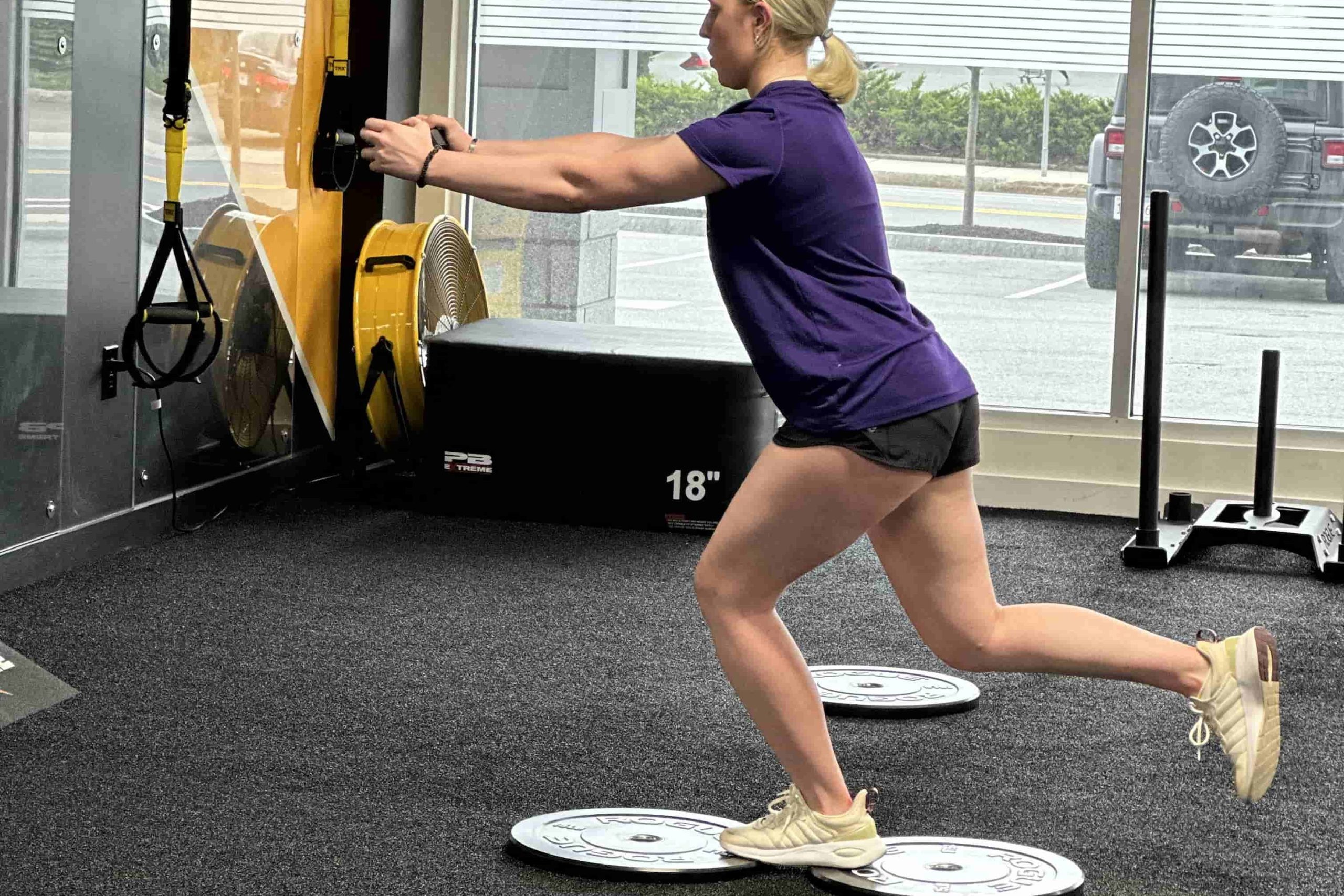
Balance Training is a specialized approach that strengthens stabilizing muscles, enhances coordination, and reduces fall risks, ultimately improving posture and promoting confident movement.
-
Certified Manual Therapy
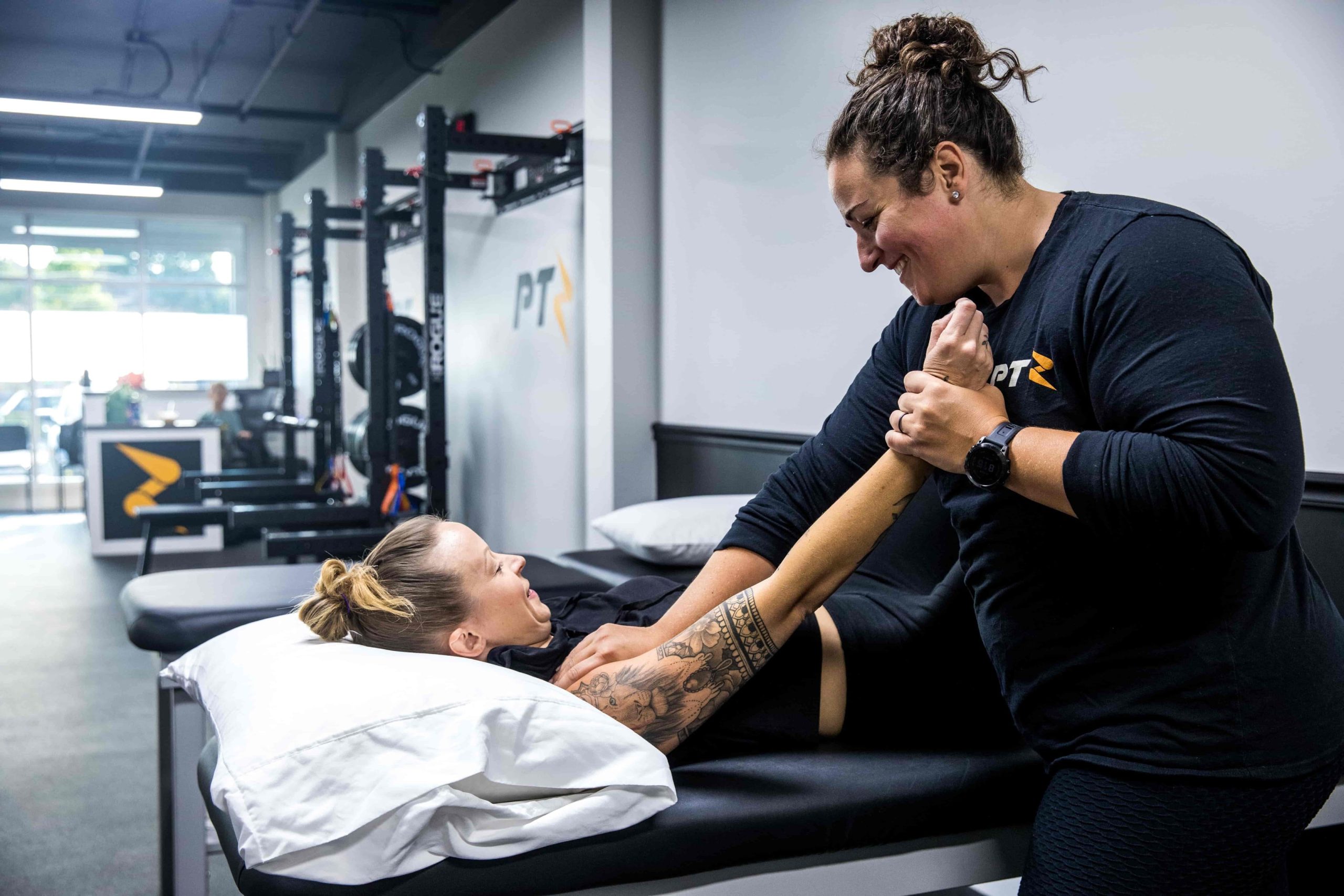
Certified Manual Therapy is a hands-on approach that addresses joint, muscle, and connective tissue dysfunction, reducing pain, improving alignment, and promoting faster, more efficient recovery.
-
Cupping
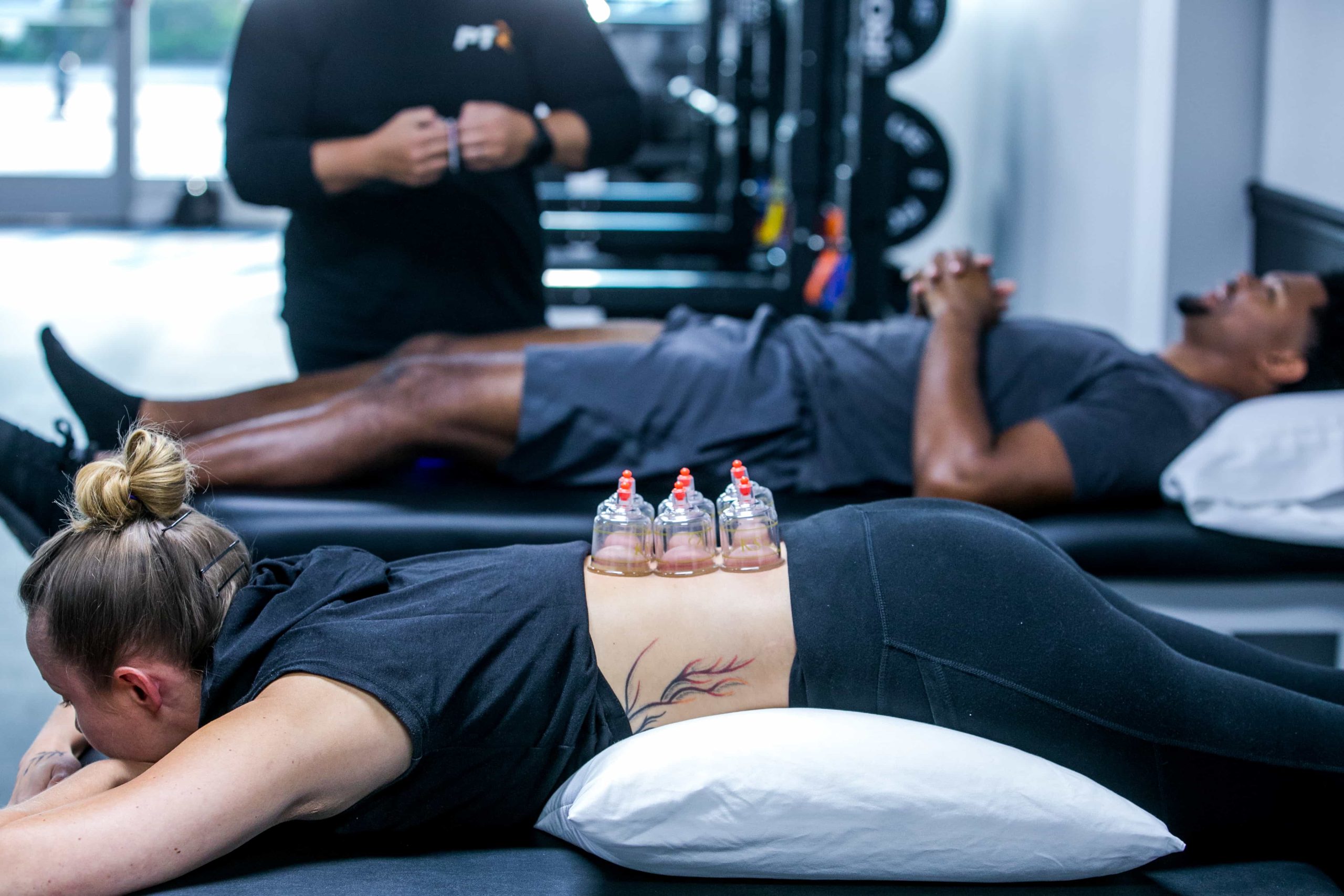
Cupping therapy is an ancient healing technique that uses suction to enhance circulation, relieve muscle tension, and promote the body’s natural recovery process.
-
Dry Needling
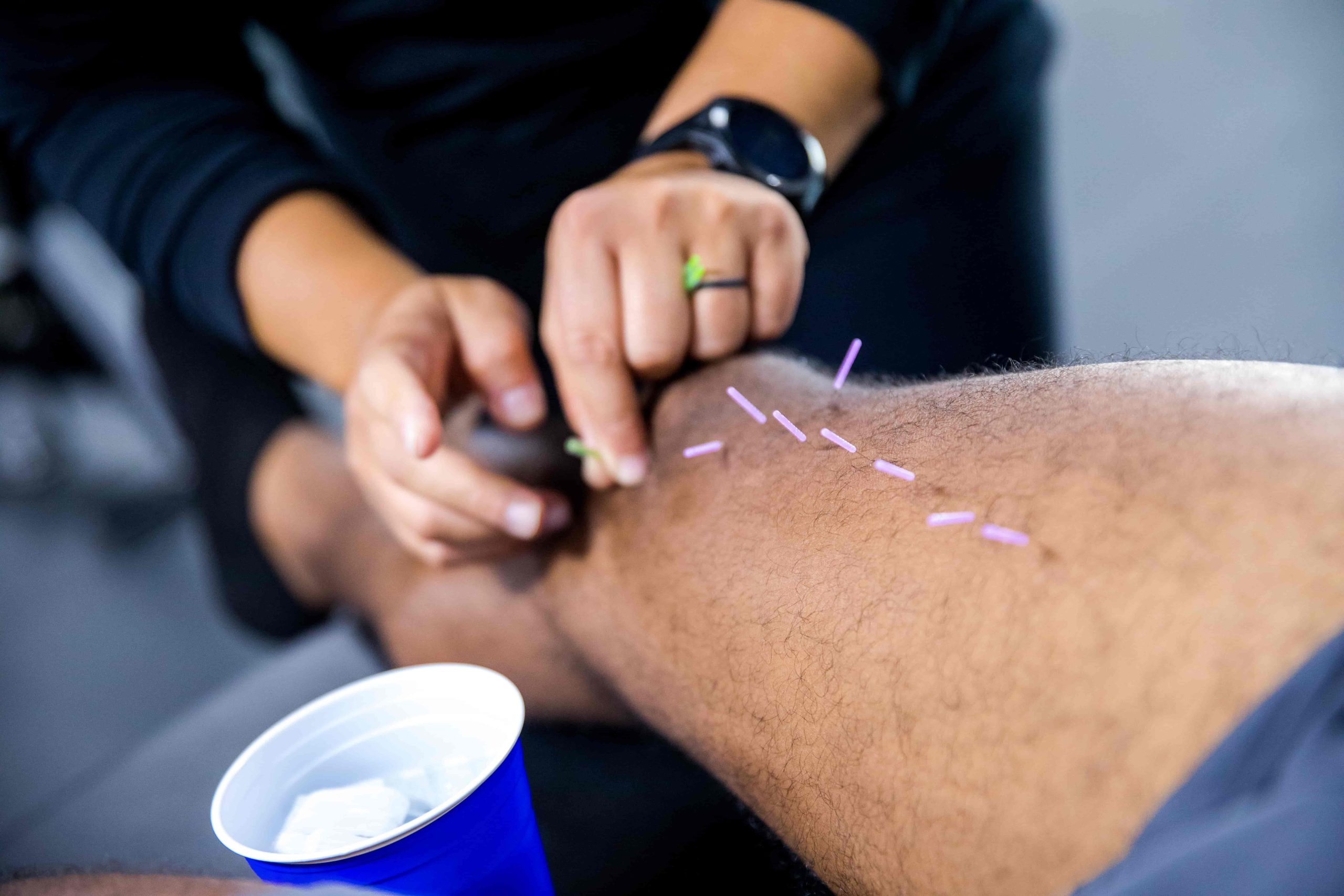
Dry needling is a modern therapy that targets muscle trigger points with thin needles to relieve pain, reduce tension, and restore mobility.
-
Gait Training
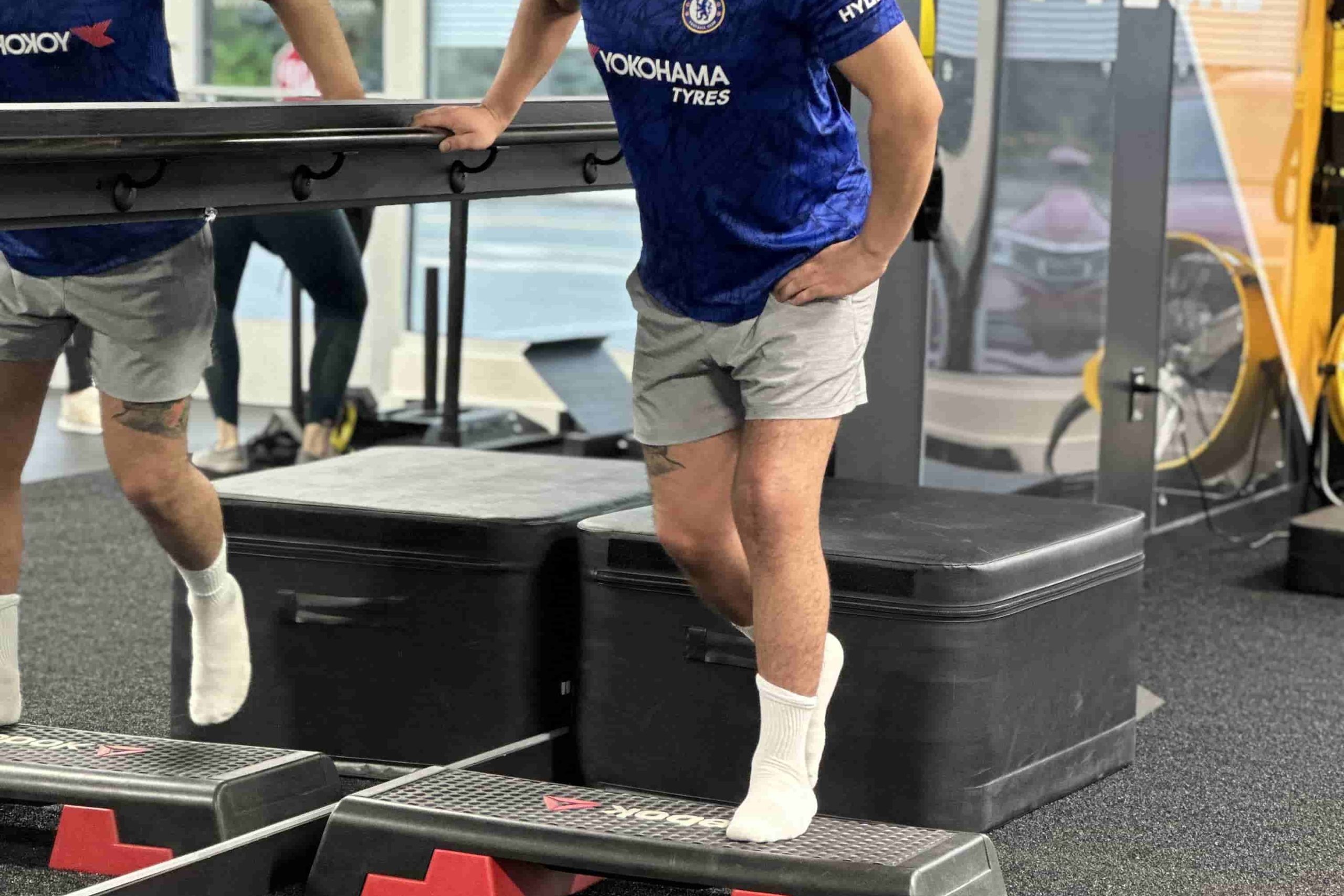
Gait Training is a specialized approach that enhances walking mechanics, improves lower-limb strength, and reduces re-injury risks, ultimately promoting more efficient movement.
-
Graston Technique
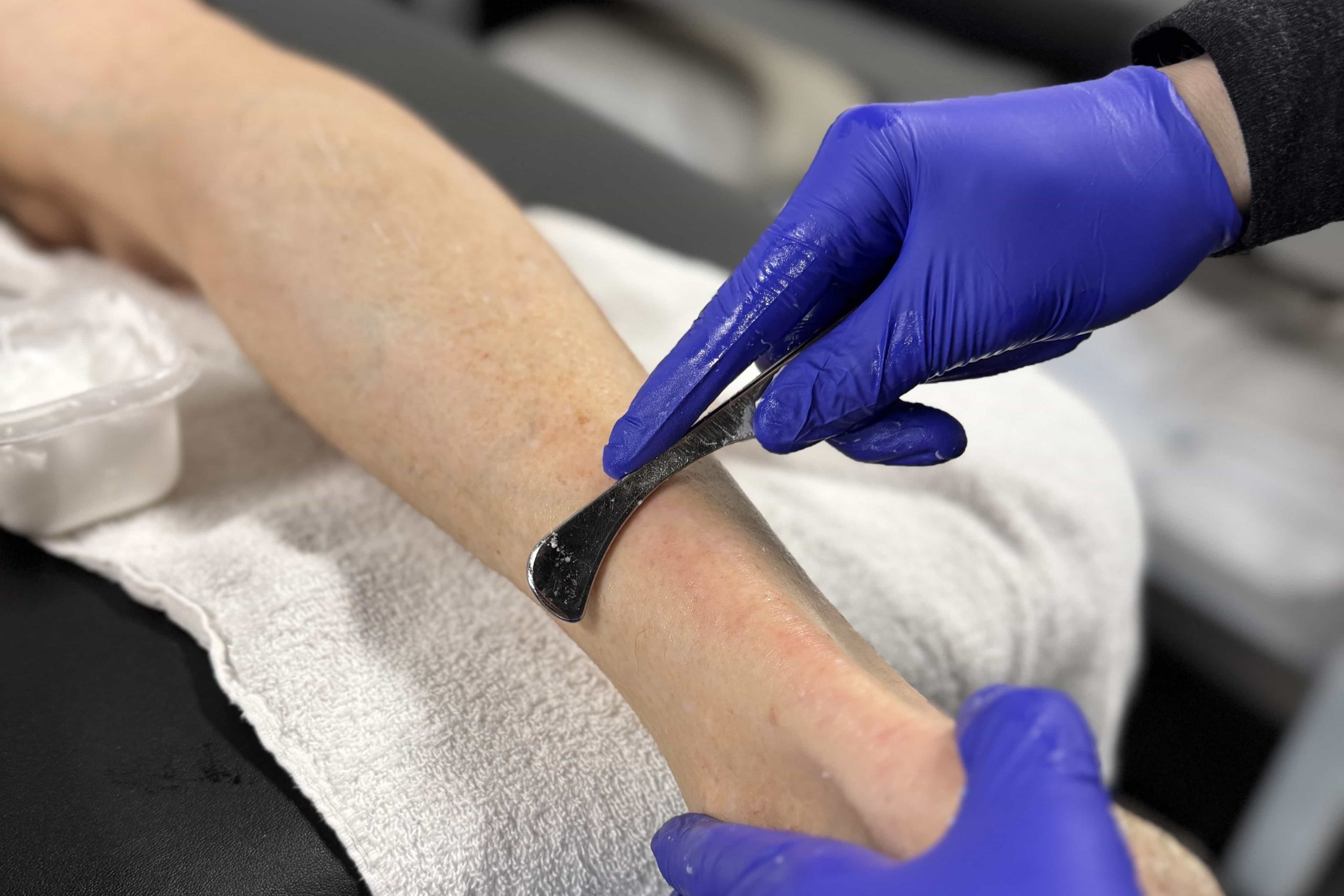
Graston Technique is a specialized manual therapy that uses stainless steel instruments to break down scar tissue, improve mobility, and accelerate healing.
-
Kinesiotaping
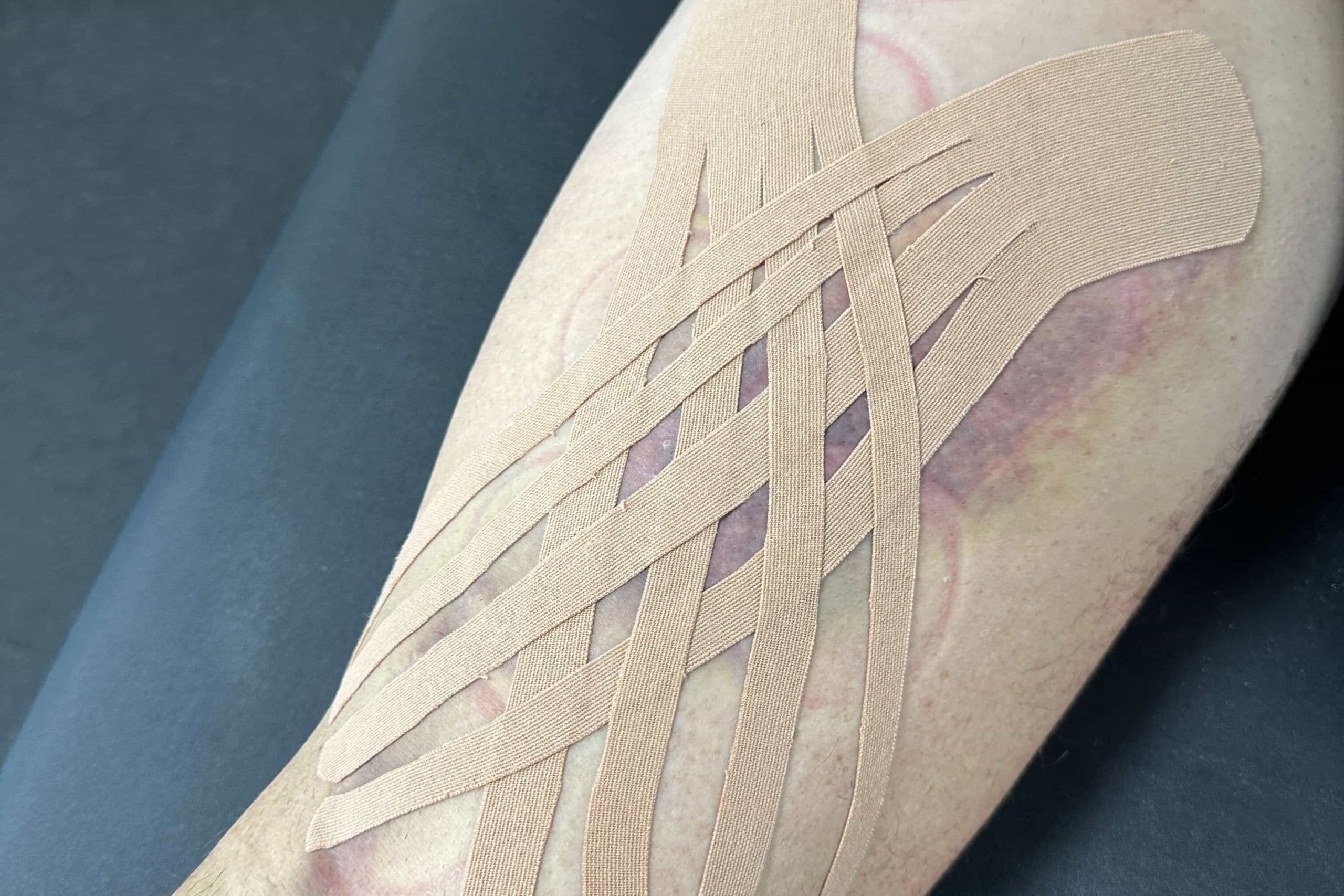
Kinesiotaping is a flexible taping method that provides gentle support, improves circulation, and helps maintain natural movement for a more comfortable and effective recovery.
-
Manual Traction
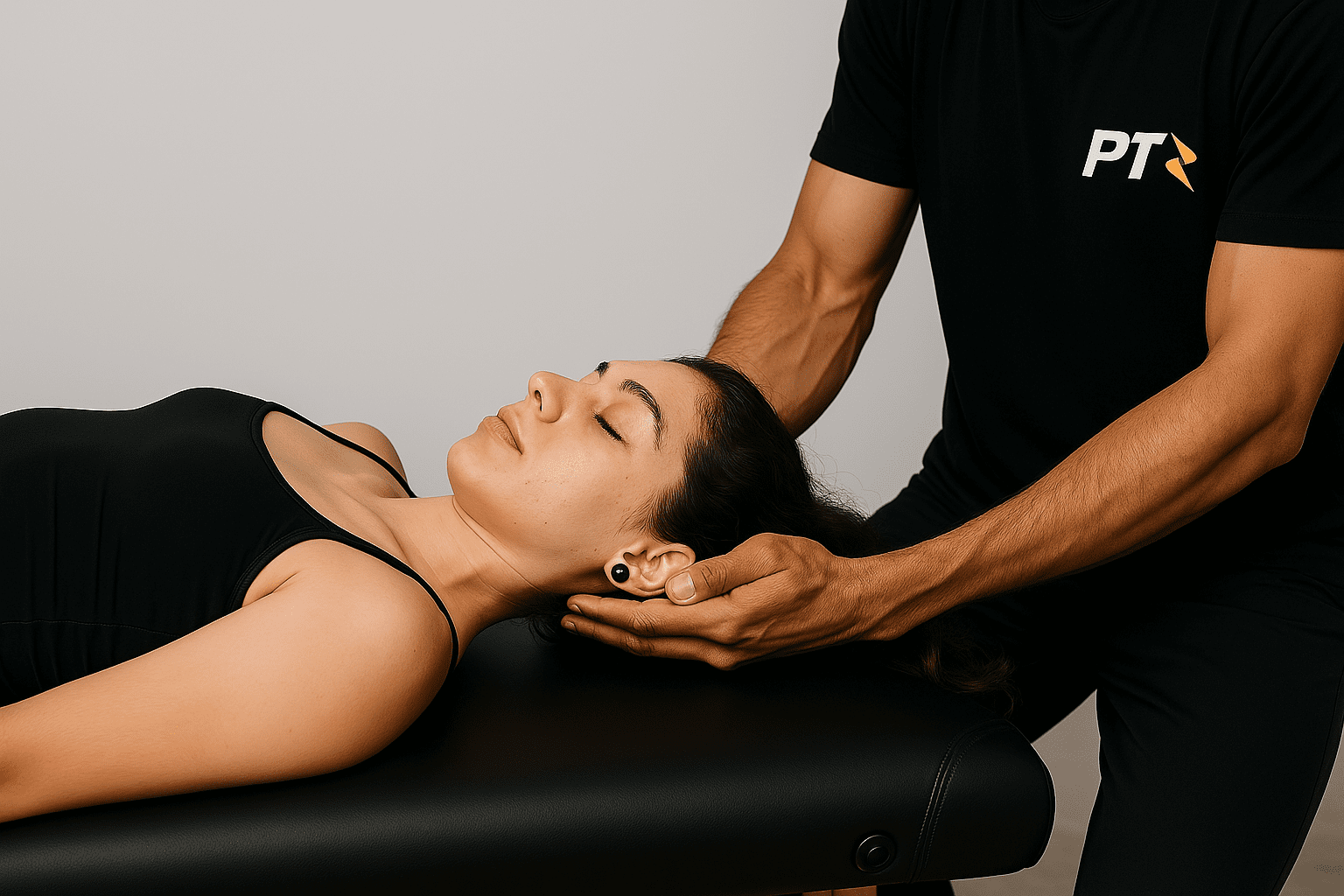
Manual Traction is a gentle, hands-on method used to decompress the spine, relieve pressure on discs and nerves, and improve overall comfort and mobility.
-
Post-Surgical Rehab
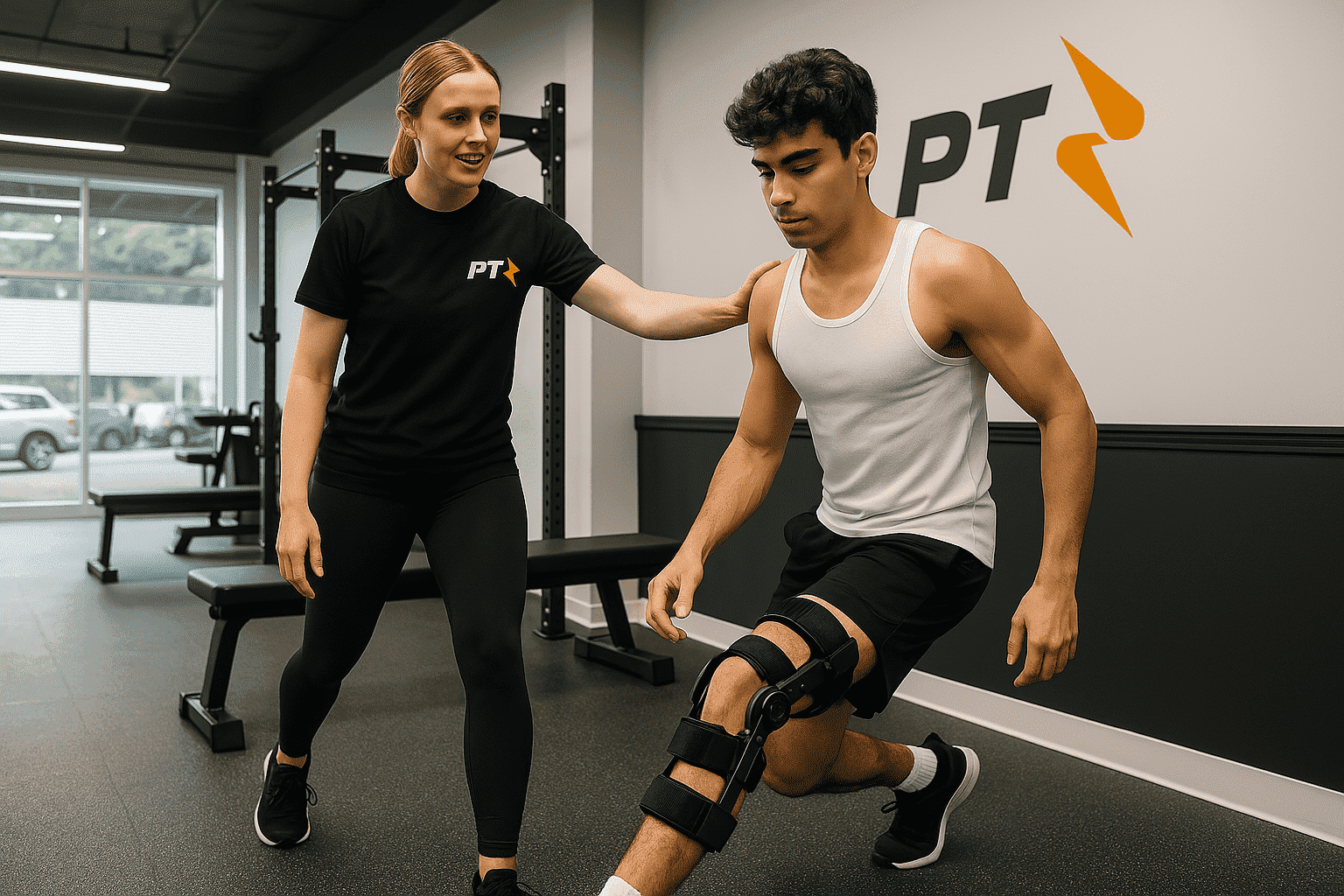
Post-Surgical Rehab is a structured recovery process designed to restore mobility, manage pain, and rebuild strength after surgery, ensuring a safer and faster return to your everyday activities or sports.
-
Physical Therapy for Weightlifters & CrossFit
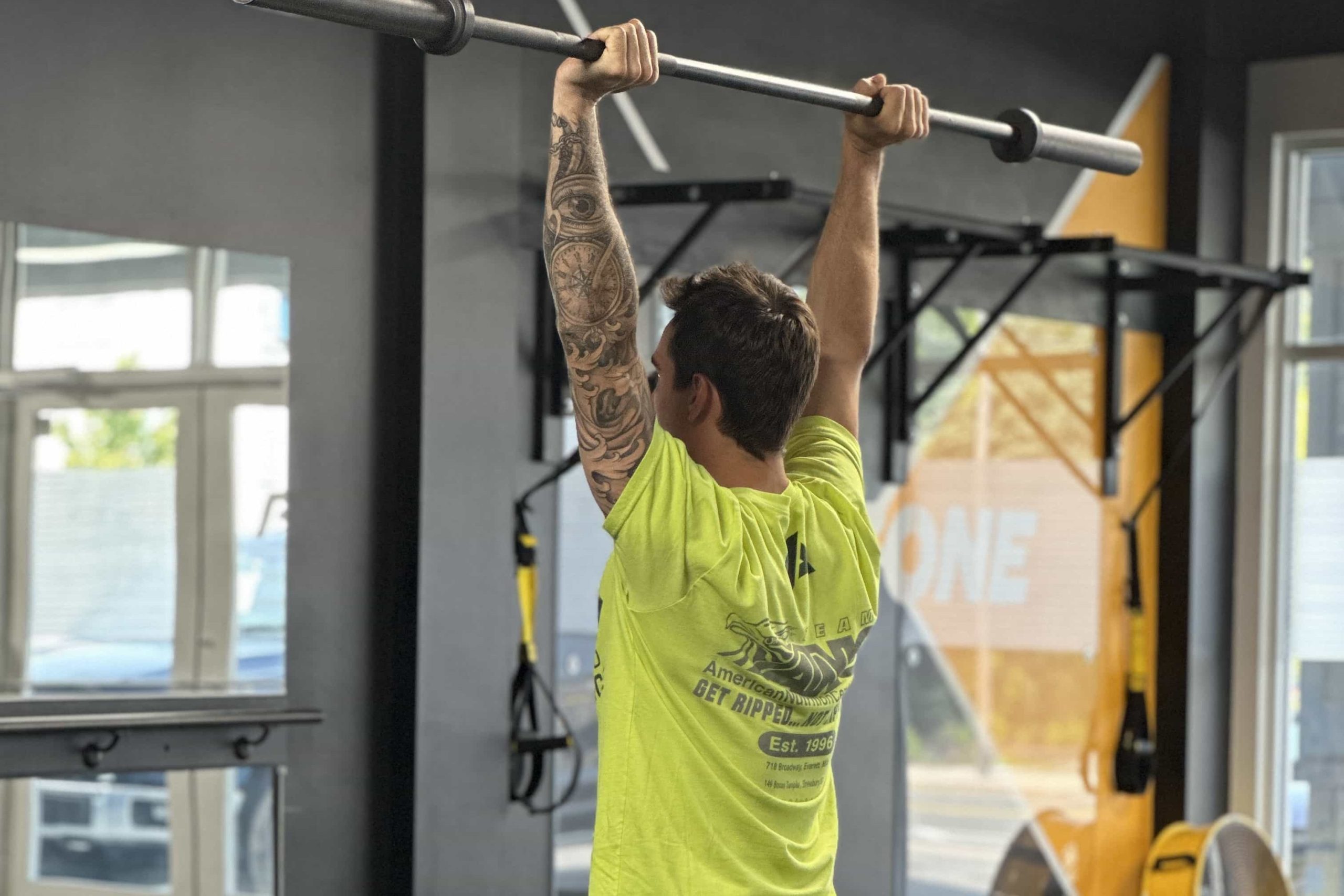
Physical Therapy for Weightlifters & CrossFit focuses on proper lifting mechanics, correcting muscle imbalances, and managing stress on joints to prevent pain, accelerate recovery, and enhance overall strength gains.
-
Physical Therapy For Runners
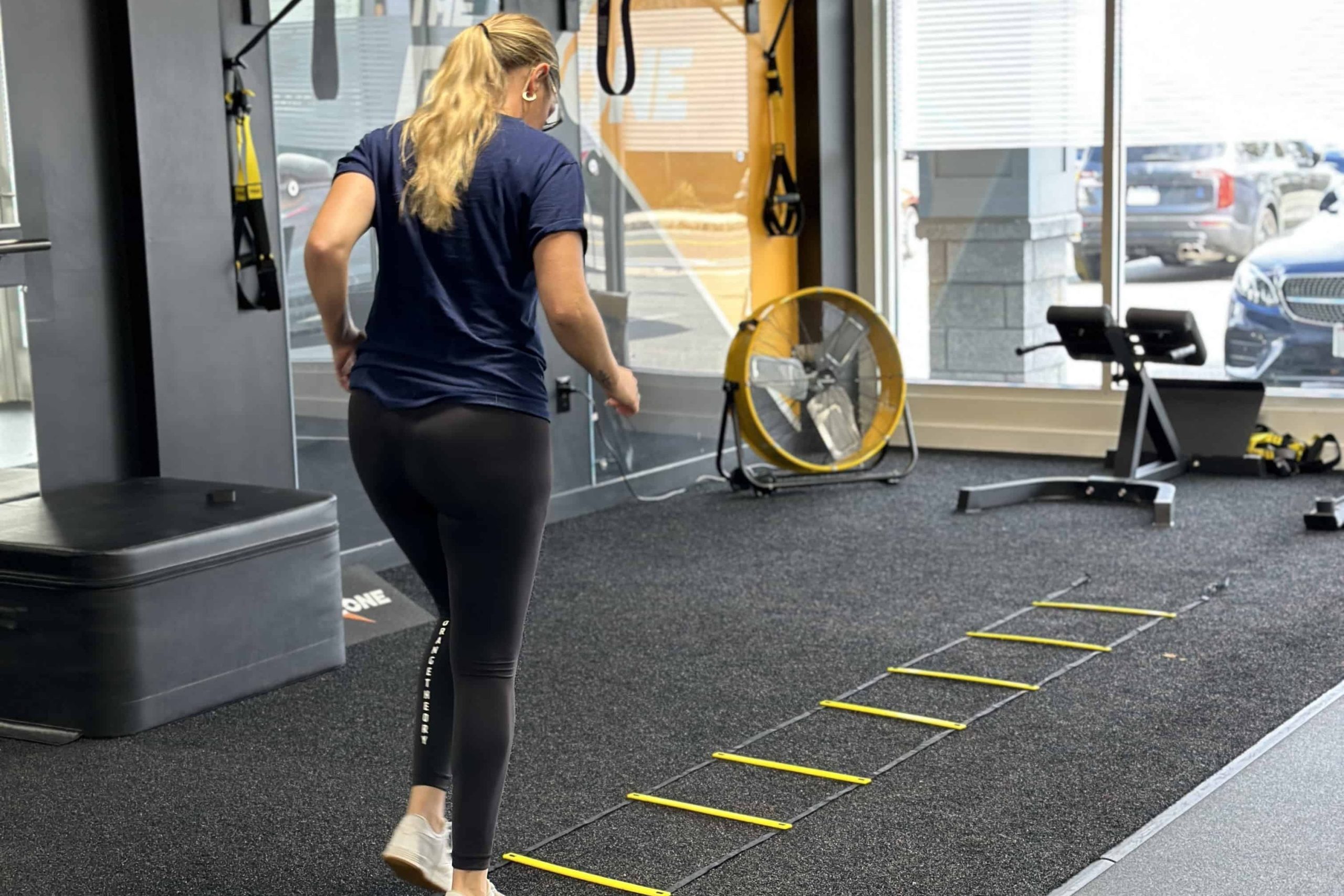
Physical Therapy for Runners focuses on refining running form, addressing muscle imbalances, and enhancing lower-limb stability to prevent injuries and boost performance.
-
Neuromuscular Massage Therapy
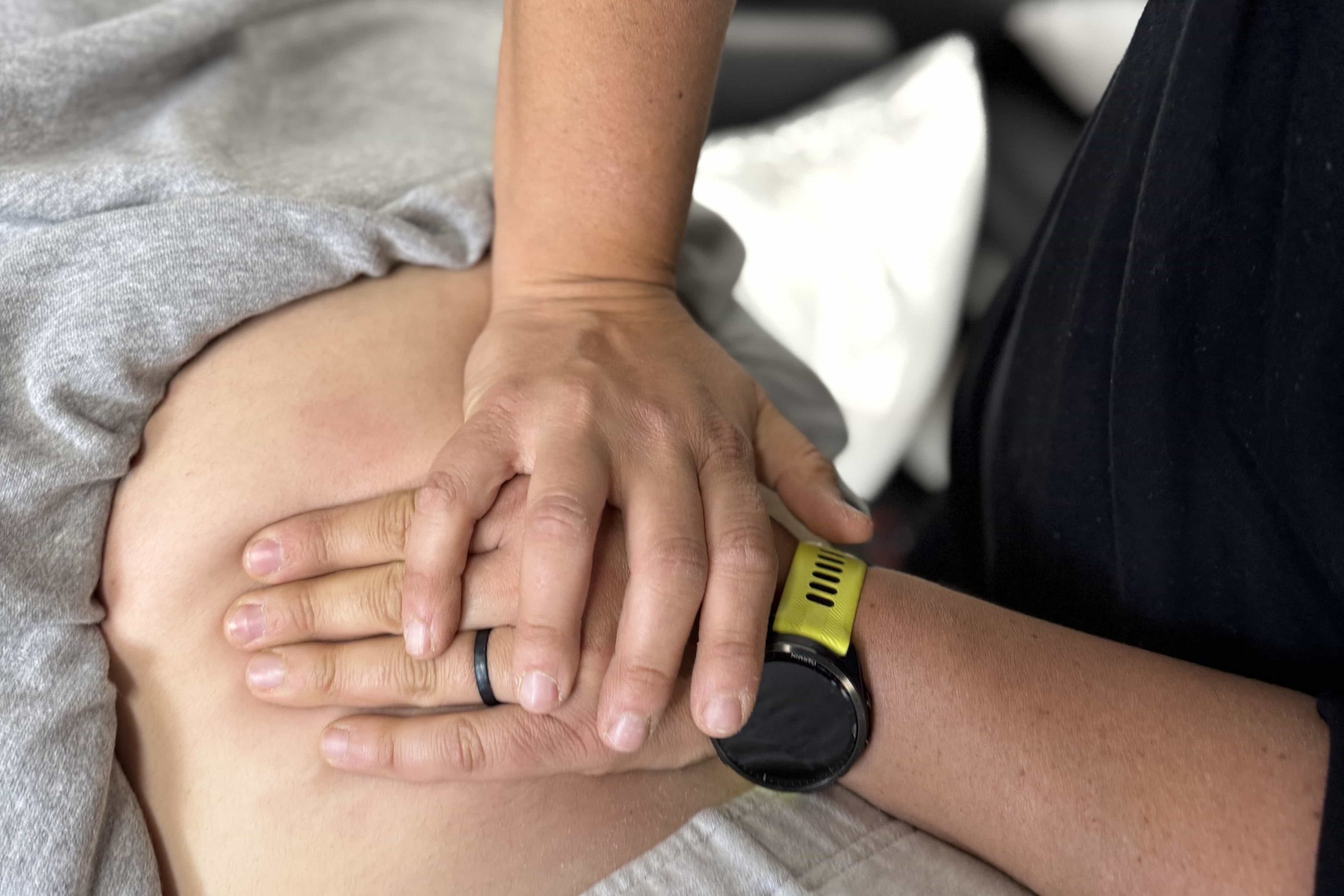
Neuromuscular Massage Therapy (NMT) precisely targets trigger points in muscles and connective tissues, relieving tension, restoring proper function, and promoting long-term pain relief.

The PT Zone is committed to long‑term relief—so you can sit, stand, and stride without sciatic pain.
Our evidence‑based program turns nerve‑root irritation into lasting comfort—letting you return to the activities you love confidently.
Common Questions from Sciatica Clients
1. How do I know it’s sciatica and not hamstring strain?
Sciatica follows a nerve path—sharp, burning, or tingling from buttock down the back of the leg, often past the knee—and may include numbness or weakness. A hamstring strain causes localized tenderness in the muscle belly and hurts when you stretch or contract it. Nerve‑tension tests and muscle palpation help us differentiate quickly.
2. Will I need an MRI or surgery?
Most sciatica cases improve without imaging or surgery. MRI is reserved for severe or progressive weakness, loss of bladder control, or if pain persists after several weeks of focused therapy. Surgery is considered only when conservative care and injections fail or when significant neurological deficits develop.
3. How long until the leg pain goes away?
Many clients feel reduced shooting pain within 1–2 weeks once correct directional exercises and decompression are applied. Full resolution often takes 4–8 weeks, depending on nerve irritability, disc healing, and adherence to posture and exercise advice.
4. Is bed rest good for sciatica?
Short rest during acute flare‑ups is fine, but prolonged bed rest slows recovery and weakens supporting muscles. Gentle walking and specific exercises keep blood flow and disc nutrition high, speeding healing.
5. Can stretching make sciatica worse?
Aggressive hamstring stretching can tug the irritated nerve and spike symptoms. We introduce gentle nerve‑glide “flossing” first, then add flexibility work once pain centralizes and nerve sensitivity drops.
6. Are epidural injections helpful?
Epidural steroid injections can reduce inflammation and pain, allowing easier participation in therapy. They’re considered when severe pain blocks progress after conservative care or when rapid symptom control is needed.
7. How can I prevent sciatica from returning?
Maintain core and hip strength, use lumbar support when sitting, avoid prolonged slouching, and progress lifting or running loads gradually. At the first sign of leg tingling, resume your extension or nerve‑glide drills to stop a minor flare from becoming a full relapse.















